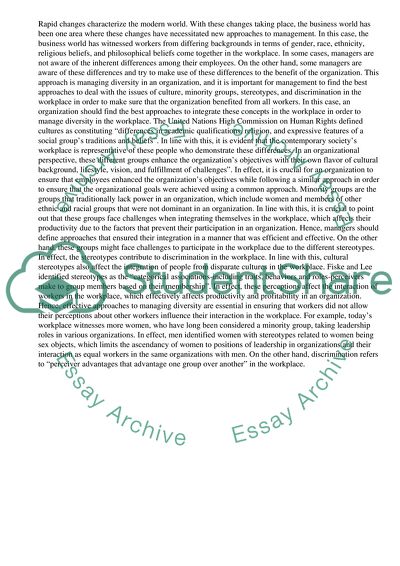Cite this document
(“The Concepts of Culture, Minority Groups, Stereotypes and Essay”, n.d.)
The Concepts of Culture, Minority Groups, Stereotypes and Essay. Retrieved from https://studentshare.org/business/1403307-managing-multicultural-organizations
The Concepts of Culture, Minority Groups, Stereotypes and Essay. Retrieved from https://studentshare.org/business/1403307-managing-multicultural-organizations
(The Concepts of Culture, Minority Groups, Stereotypes and Essay)
The Concepts of Culture, Minority Groups, Stereotypes and Essay. https://studentshare.org/business/1403307-managing-multicultural-organizations.
The Concepts of Culture, Minority Groups, Stereotypes and Essay. https://studentshare.org/business/1403307-managing-multicultural-organizations.
“The Concepts of Culture, Minority Groups, Stereotypes and Essay”, n.d. https://studentshare.org/business/1403307-managing-multicultural-organizations.


